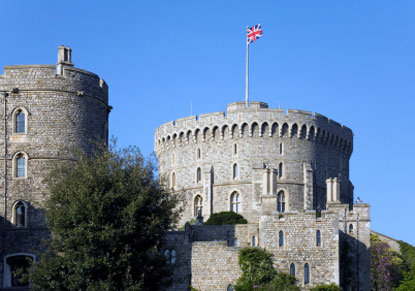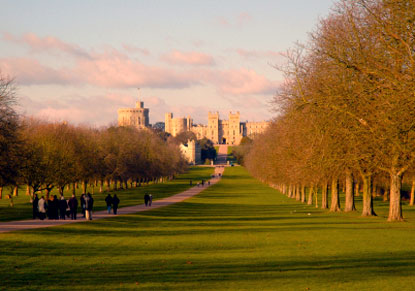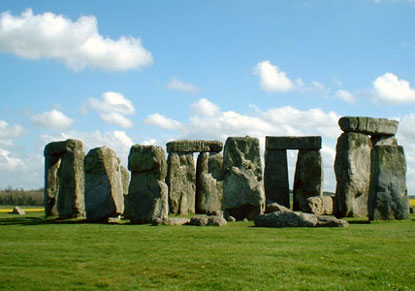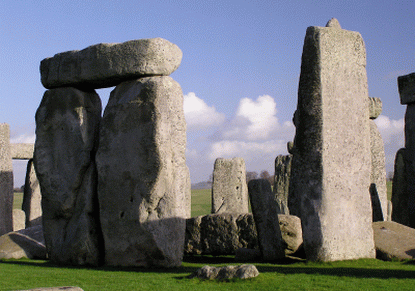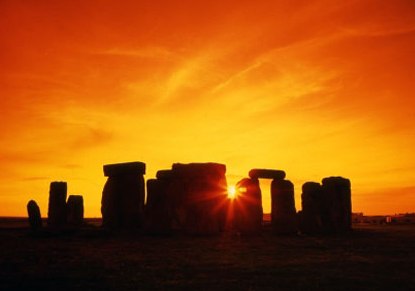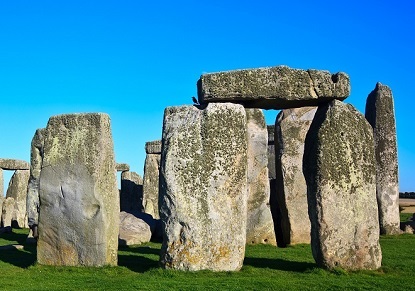London to Stonehenge Tours Save 10% with Evan Evans
London to Stonehenge Tours
Evan Evans offer a range of escorted Stonehenge Tours from London with options to visit Windsor Castle, the University City of Oxford and the beautiful Georgian City of Bath.
Classic Day Tours
Classic Tours are our most popular type of tour: entrance to the attractions featured on the tour are included in the price, along with the services of a professional tour guide (excl. Stonehenge Express) and return transfer on an air-conditioned luxury coach.
Windsor Castle, Stonehenge & Bath
A fascinating day out from London to three of our national treasures, Windsor Castle, Georgian Bath and Stonehenge. Tour includes entrance to Stonehenge with options to visit Windsor Castle and the Roman Baths.
Tours: Was £95.00 Now £85.50
Windsor Castle, Stonehenge & Oxford
A full day escorted tour from London to Windsor Castle, the ancient monoliths at Stonehenge, and a walking tour through the University Town of Oxford. Tour includes entrance to Stonehenge with option to visit Windsor Castle.
Tours: Was £95.00 Now £85.50
Stonehenge & Windsor
This full-day tour combines visits to two fantastic sites, Stonehenge & Windsor. Explore Windsor, one of His Majesty The King's official residences, and delve into the enigma surrounding Stonehenge, the world's most renowned Neolithic site.
Tours: Was £100.00 Now £90.00
Stonehenge & Bath
A full day, leisurely paced tour from London to Stonehenge and Georgian Bath, with plenty of time to explore. Tour includes Stonehenge entrance fee, with option to visit Roman Baths or enjoy a Bridgerton themed walking tour.
Tours: Was £92.00 Now £82.80
Windsor & Stonehenge with Inner Circle Access
Enjoy a unique opportunity to explore the Inner Circle at the ancient Neolithic site at Stonehenge, before heading off to explore the historic city of Windsor. Tour includes entrance to Stonehenge.
Tours: Was £159.00 Now £143.10
Stonehenge Express
Express Coach Service from London to Stonehenge. Walk around the Stone Circle and visit the Stonehenge Visitor Centre and world-class exhibition. Tour includes Stonehenge entrance fee.
Tours: Was £65.00 Now £58.50
Stonehenge
"The great and ancient stone circle of Stonehenge is one of the wonders of the world. What visitors see today are the substantial remnants of the last in a sequence of such monuments erected between circa 3000BC and 1600BC. There has always been intense debate over quite what purpose Stonehenge served. Certainly, it was the focal point in a landscape filled with prehistoric ceremonial structures, now a World Heritage Site." - English Heritage -
What is Stonehenge?
A short guide to Stonehenge
What is Stonehenge?
Stonehenge is a prehistoric stone circle located in Wiltshire, England, about two hours drive from London.
It stands on Salisbury Plain in Wiltshire, and is the most architecturally sophisticated and only surviving "lintelled" stone circle in the world, with massive horizontal blocks spanning across huge vertical standing stones. Its giant stones can be seen from miles around, but its true purpose remains a mystery today.
How was Stonehenge built?
Stonehenge evolved in several stages spanning at least 1500 years. The first monument at Stonehenge was a circular earthwork enclosure built in the late Neolithic period about 3000BC. The site was transformed in about 2500BC with the construction of a unique stone circle, while the final stage of construction was a ring of pits, made in the early Bronze Age, around 1600BC.
There are two types of stones at the center of the monument: the large sarsens are up to 30 feet tall and weigh approximately 25 tons, and were probably brought to the site from the Marlborough Downs 20 miles away, but the smaller bluestones, which weigh up to 4 tons, were transported to Stonehenge from the Preseli Hills in south-west Wales, a distance of more than 150 miles. It's a mystery how Neolithic people using only the simple tools and technologies were able to bring the stones to the site, but most archaeologists believe that the stones were transported by human effort, via water networks and hauled overland.
A Place of Worship?
We don't know exactly why Stonehenge was built, but the stones are arranged to face the Midsummer sunrise and Midwinter sunset, and people may have gathered here for religious ceremonies. Still today, Stonehenge is sacred place of religious and cultural significance to many of the thousands of visitors who are drawn to the site every year.
Visiting Stonehenge
Evan Evans operate daily tours from London to Stonehenge. Visitors are not permitted to touch the stones, but are able to walk around the monument from a short distance away.
English Heritage, who manage and care for Stonehenge, allow special access to worshippers for the summer and winter solstice, and the spring and autumn equinox. During the summer they also open up on certain dates for tour operators to offer sunrise and sunset tours with private access to the Stonehenge inner circle.

